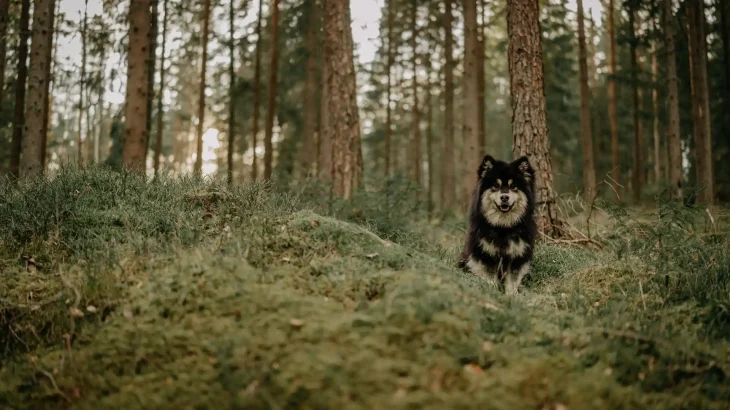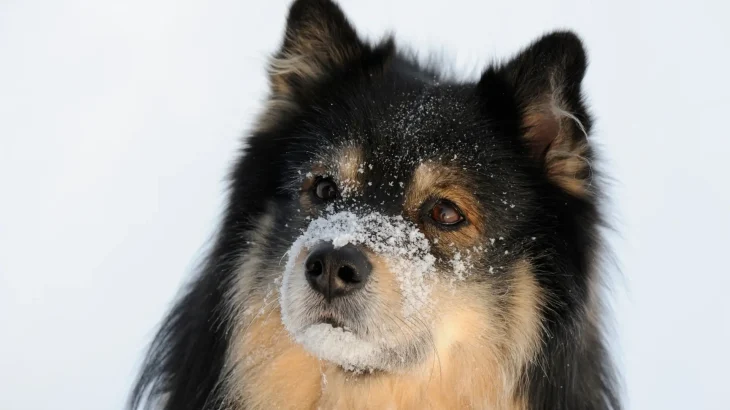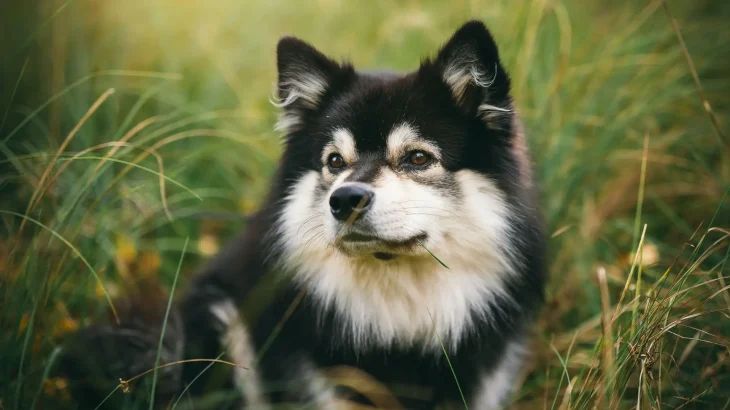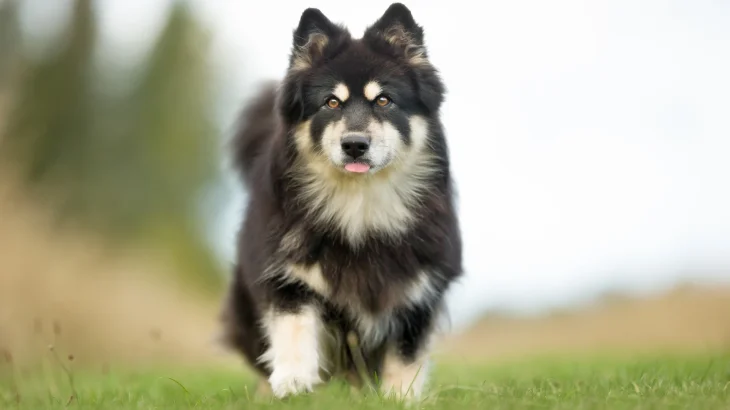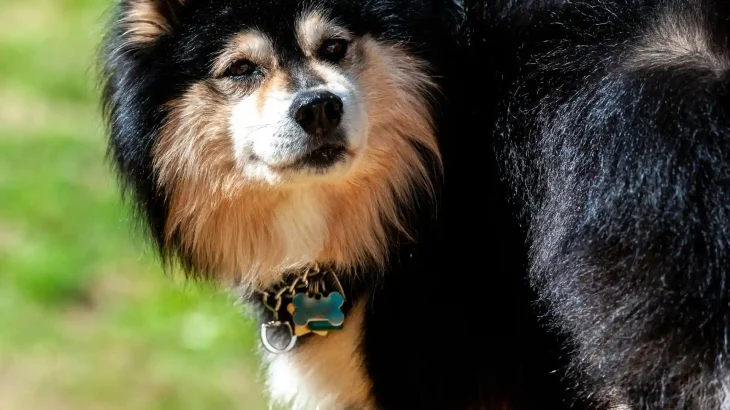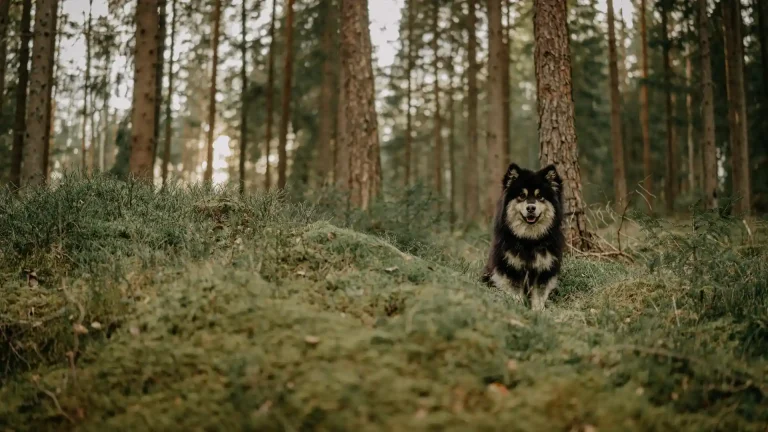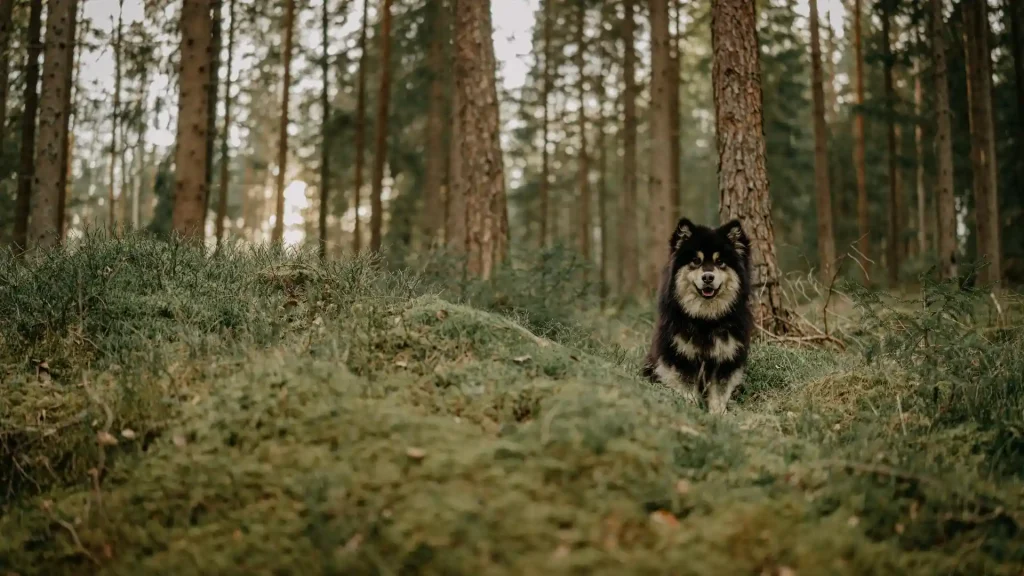When considering pet insurance for a Finnish Lapphund, it's good to know that while this breed is generally healthy, they can face health issues or accidents. Insurance helps cover unexpected costs like illness, surgery, or injuries, easing worries about vet bills. Finnish Lapphunds may be prone to hip dysplasia or eye conditions, so insurance can assist with treatment. Policies often cover health and surgery but exclude routine care. Liability coverage protects against damage or injury caused by the dog. Some owners save emergency funds or choose limited plans. Understanding pros and cons helps owners decide wisely and avoid costly surprises.
Health Coverage
This usually includes illnesses and injuries, helping with vet visits, medications, and specialist care. It enables early treatment without immediate cost worries. Waiting periods apply, and pre-existing conditions are excluded. Coverage helps manage issues like hip dysplasia or eye diseases common to Finnish Lapphunds.
Surgery and Emergency Treatment
Surgery coverage pays for necessary operations due to accidents or disease, such as ligament injuries. The active nature of Finnish Lapphunds can lead to such needs. Insurance reduces out-of-pocket costs, though prior approval may be needed and not all surgeries are covered. Emergency care is often supported, lowering urgent hospitalization expenses.
Liability Coverage
Liability covers the owner if their dog injures someone or damages property. Finnish Lapphunds are usually gentle, but herding instincts may cause unexpected behavior. This coverage assists with legal or compensation costs but isn't always included and might require a separate purchase.
Common Alternatives and Owner's Out-of-Pocket Costs
Some owners skip full insurance to save money or pick accident-only plans with lower monthly costs but higher risk for illnesses. Even with insurance, owners pay deductibles, co-pays, and routine care like vaccines. Knowing these costs helps with budgeting and planning.
Advantages and Disadvantages of Pet Insurance
The main advantage is financial security, allowing timely care without money stress. For Finnish Lapphund owners, it means treating conditions like hip dysplasia or injuries promptly. Downsides include policy complexities, exclusions, and premiums even without claims. Reading details carefully is important. Some prefer saving funds instead, risking large vet bills.

